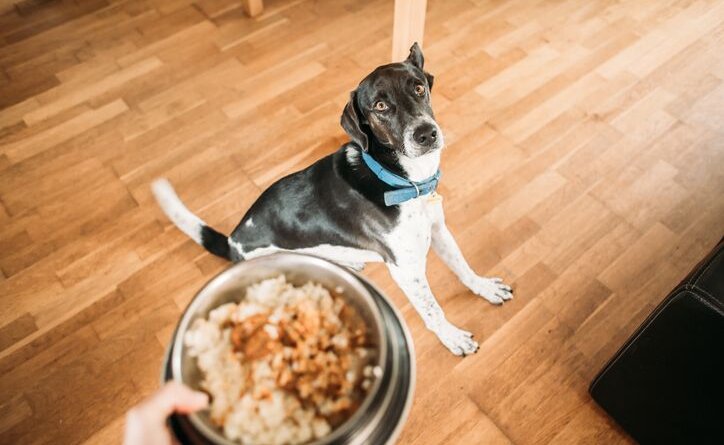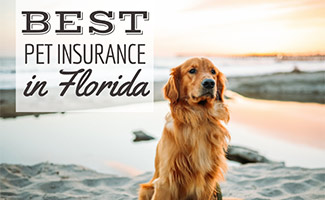Be Alert But Do Not Spread Panic
Do you remember the pet food disaster that sickened or killed thousands of dogs and cats in 2007? Reports of pets with sudden kidney failure began to emerge in early March of that year; the number of sick pets ballooned by the end of that month.
At the time, it seemed like it took forever for the Food and Drug Administration’s Center for Veterinary Medicine (FDA CVM) to determine which of the reports had credence and which illnesses were related, that there was a link to the foods that the sick pets had been fed, and to determine what those diets – made by dozens of companies – had in common. In reality, though, it had taken only a few weeks to identify the culprit – ingredients that were tainted with melamine, which caused acute kidney damage – and a few more weeks to identify and recall the products that contained those ingredients.
Part of the confusion in the early days of the disaster could be traced to the flood of reports of sick cats and dogs, which overwhelmed the FDA. It seemed like anyone with a dog or cat who had been sick from mid-2006 to the end of 2007 became convinced that tainted foods had been responsible for. And who could blame them? Especially when the pet food companies all seemed to take defensive “It couldn’t have been us!” postures – at least, until the full reach of the contaminated ingredients was known.
A month or so ago, rumors began flying about sick and dying pets and a possible connection to the foods they are being fed. Social media is causing the reports to proliferate exponentially, even though there doesn’t (yet) seem to be any pattern to the maladies described. I’m monitoring a Facebook page where people are sharing stories about their pets’ illnesses, and they are all over the place, describing a constellation of symptoms. Early reports focused on Purina products, but now the reports implicate foods from dozens of manufacturers. I worry that all the noise will slow down the investigators at the FDA.
If your dog seems to be ill, lethargic, or otherwise not himself, get him to a vet and stop giving whatever you are feeding him. If you suspect the food, don’t feed it, but put it somewhere safe in case you need to send some away for testing. If he recovers, and you give him more of the food and the symptoms recur, get back to the vet and report this to the FDA CVM through this link. And if you buy a new bag of food and your dog won’t eat it, see “Dog Sniffing But Not Eating.”
The post Be Alert But Do Not Spread Panic appeared first on Whole Dog Journal.



